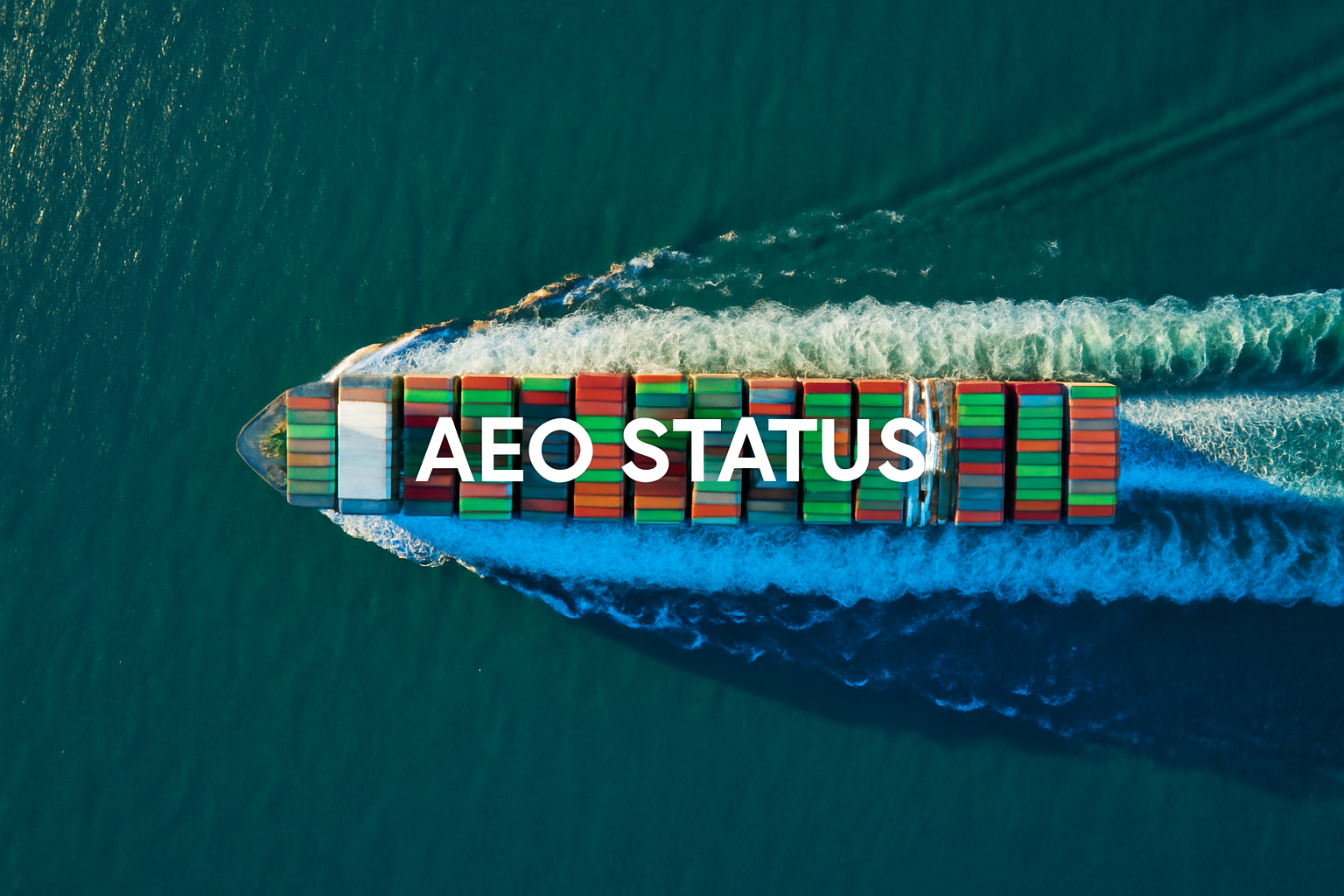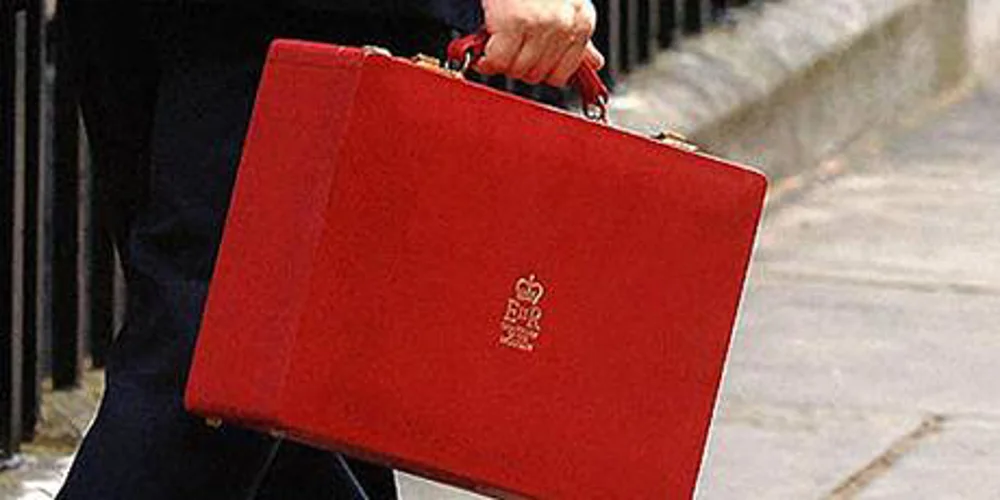Seeking AEO status? Accurate tariff codes are crucial
Topics

Securing Authorised Economic Operator (AEO) status signals your business is a trusted, compliant player in international trade. It’s on many businesses’ agenda but we often see that one critical area under the Customs Compliance section of the AEO audit that is often overlooked is tariff code accuracy. HMRC places strong emphasis on the correct classification of goods, as errors can lead to miscalculations in duty, incorrect origin declarations, and overall non-compliance.
Here’s why getting your customs classification right is essential for securing and maintaining AEO status.
What is AEO status and why it matters
AEO status certifies that a business meets high standards in customs compliance, security and supply chain management. In the UK, AEO status comes in two forms:
-AEOC (Customs Simplification) – Focuses on compliance, record-keeping and internal controls.
-AEOS (Security & Safety) – Focuses on secure transport, premises and personnel vetting.
 Businesses seek AEO status for several reasons. Firstly, it leads to fewer customs checks and faster clearance times, helping goods move more efficiently through borders. AEO-certified companies also gain priority access to customs simplifications and authorisations, streamlining compliance processes. Another benefit is the potential for reduced financial guarantees, lowering operational costs. Internationally, AEO status is recognised under Mutual Recognition Agreements (MRAs), enhancing credibility and trust across borders. All this means that businesses can gain a real competitive edge with both suppliers and customers so it’s well worth pursuing.
Businesses seek AEO status for several reasons. Firstly, it leads to fewer customs checks and faster clearance times, helping goods move more efficiently through borders. AEO-certified companies also gain priority access to customs simplifications and authorisations, streamlining compliance processes. Another benefit is the potential for reduced financial guarantees, lowering operational costs. Internationally, AEO status is recognised under Mutual Recognition Agreements (MRAs), enhancing credibility and trust across borders. All this means that businesses can gain a real competitive edge with both suppliers and customers so it’s well worth pursuing.
What customs authorities assess
In the UK, AEO status is assessed and granted by HMRC. Businesses applying for certification undergo a thorough evaluation process that includes checks on their customs compliance history, record-keeping systems, financial stability, and—if applying for AEO(S)—their safety and security standards.
HMRC evaluates the following:
Tariff classification accuracy – Correct and consistent use of tariff codes, as misclassification can impact duties and compliance.
Compliance history – No serious breaches of customs or tax rules.
Record-keeping – Ability to track and retrieve customs records.
Staff competency – Customs knowledge and internal responsibility structures.
Financial solvency – Proven ability to meet obligations.
Security protocols – (For AEOS) Secure premises, personnel checks, cargo safety.
Ongoing standards – Willingness and ability to maintain compliance over time.
Why getting classification wrong is costly
Getting tariff classification wrong carries real consequences for businesses. Classification errors are a trigger for financial penalties and customs audits, often resulting in unexpected costs and administrative headaches. When incorrect codes are used, goods are more likely to be flagged for inspection, leading to delays in transit and missed delivery windows.
These issues can erode your company’s credibility with customs authorities and trading partners, damaging your reputation as a reliable operator.
How to strengthen classification controls
To strengthen your AEO application, take these practical steps to ensure your tariff classification is accurate and fully compliant
Leverage technology: Use platforms like TariffTel to automate, validate and maintain classification accuracy.
Document procedures: Keep a policy for how classifications are determined, verified, regularly reviewed and kept up to date
Train staff: Make sure your team is familiar with the General Interpretative Rules (GIRs), understands how HS codes are structured, and knows how to use Tariff Chapter Notes and WCO Explanatory Notes to support classification decisions
Review regularly: Sample past declarations to identify errors and update classifications when tariffs change.
AEO status opens doors to faster, smoother, more cost-effective global trade but only if your foundation is solid. That foundation includes getting your customs classification right, every time.
If you’re preparing for an AEO application or audit, TariffTel can help you build the accurate classification framework HMRC expects. Get in touch for a demo.
Other Useful Resources
Budget analysis: The UK’s low‑value import reform
Yesterday’s UK Autumn Budget 2025 proposed a major change in the UK’s treatment of low‑value imports (LVIs), a shi...
CBAM: What you need to know for 2026
The EU’s Carbon Border Adjustment Mechanism (CBAM) is entering a decisive stage. From 1st January 2026, importers of c...
TariffTel named FDEA Export Awards finalist
We're thrilled to share that TariffTel has been shortlisted as Export Service Provider of the Year at the FDEA Export Aw...



